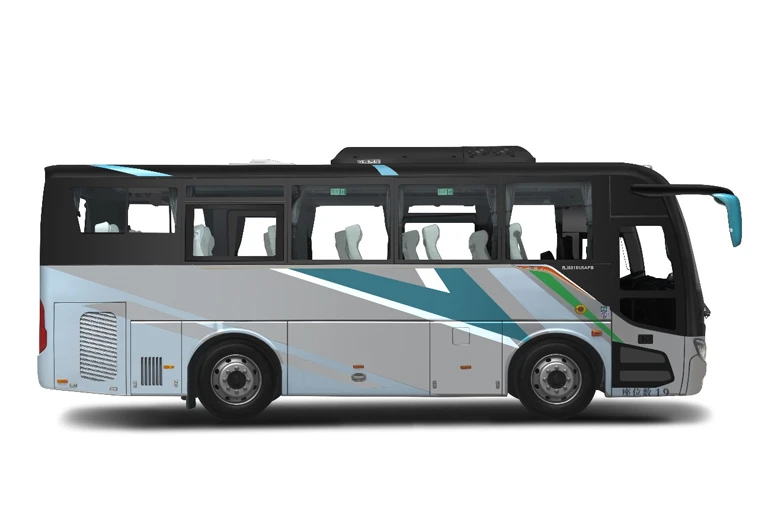Differences Between Heavy Duty and Medium Duty Trucks Explained for Buyers
Heavy Duty vs. Medium Duty Trucks Understanding the Differences
When it comes to commercial vehicles, trucks play a pivotal role in various industries, including construction, transportation, and logistics. Among these vehicles, heavy duty and medium duty trucks represent two significant categories, each designed for specific tasks and functionalities. Understanding the differences between heavy duty and medium duty trucks can help businesses make informed decisions regarding their transportation needs.
Definition and Classification
Heavy duty trucks are typically classified as vehicles with a Gross Vehicle Weight Rating (GVWR) of over 26,001 pounds. These trucks are designed for the most demanding tasks, including long-haul freight, heavy construction, and transportation of large equipment. Common examples include 18-wheelers, dump trucks, and flatbed trucks.
On the other hand, medium duty trucks fall within the GVWR range of 10,001 to 26,000 pounds. These trucks are versatile and are commonly used for local deliveries, service vehicles, and smaller construction projects. Types of medium duty trucks include box trucks, cube vans, and stake trucks.
Performance and Power
One of the most significant differences between heavy duty and medium duty trucks lies in their performance capabilities. Heavy duty trucks are built to handle strenuous loads and tough terrains. They often feature powerful diesel engines that provide high torque, essential for transporting heavy freight over long distances. This power allows heavy duty trucks to excel in situations like towing and carrying loads that exceed typical weight limits.
Medium duty trucks, while still capable, have less powerful engines compared to their heavy-duty counterparts. They generally have lower torque levels and are designed for operating on urban roads rather than highways. This makes them ideal for short-haul delivery and urban service applications. Businesses that rely on frequent stops and starts will find medium duty trucks a better fit due to their agility and fuel efficiency in city environments.
Cost Considerations
When assessing cost, both upfront purchase price and operational costs must be taken into account. Heavy duty trucks tend to be more expensive to purchase due to their larger size, advanced technology, and more robust construction. Additionally, they often have higher maintenance and insurance costs due to the complexity of their components and the requirements of transporting heavier loads.
heavy duty vs medium duty trucks

In contrast, medium duty trucks are generally more affordable, both in terms of initial purchase price and ongoing operational expenses. They consume less fuel and have lower maintenance costs, making them a more viable option for small to medium-sized businesses that do not require the heavy lifting capabilities of bigger trucks.
Licensing and Regulations
The licensing requirements for operating heavy duty trucks are more stringent. Drivers typically need a Commercial Driver’s License (CDL) to operate these vehicles due to their weight and size. Additionally, regulations governing heavy duty trucks can be more complex, including stricter emissions standards and safety inspections.
For medium duty trucks, the licensing requirements can be less demanding, depending on the truck’s specific weight. In many cases, a standard driver’s license may suffice, which can ease the hiring process for businesses looking to expand their fleet.
Use Cases
Choosing between heavy duty and medium duty trucks ultimately depends on the type of work required. Heavy duty trucks are ideal for businesses involved in construction, long-distance hauling, or any operation that necessitates the transport of large volumes of goods. Industries such as mining, logging, and agricultural transport significantly benefit from the capabilities of heavy duty vehicles.
Conversely, medium duty trucks serve well in scenarios where flexibility and efficiency are needed, such as delivery services, municipal operations, and smaller construction projects. Their versatility makes them well-suited for urban environments where maneuverability and fuel efficiency are critical.
Conclusion
In summary, the choice between heavy duty and medium duty trucks hinges on the specific requirements of a business. Heavy duty trucks are built for heavy lifting and long hauls, while medium duty trucks offer flexibility and efficiency for lighter operations. By understanding the distinctions between these truck categories, businesses can strategically select the vehicles that best align with their operational needs, ultimately enhancing productivity and profitability in their respective industries.
-
SINOTRUK HOWO 84 Electric Dump Truck for Eco-Friendly Heavy HaulingNewsJul.26,2025
-
The Fast 16-Gear Manual Transmission Assembly for Heavy TrucksNewsJul.25,2025
-
Mercedes Benz Actros 1848 42 Tractor Truck for Sale - Reliable PerformanceNewsJul.24,2025
-
High-Quality Water Pump Assembly for Sinotruk Trucks – Durable & ReliableNewsJul.23,2025
-
Premium Truck Engine Antifreeze Coolant Fluid for Heavy Duty VehiclesNewsJul.22,2025
-
FOTON View G7 Mini Bus: Affordable & Spacious TransportNewsJul.22,2025
Popular products

























